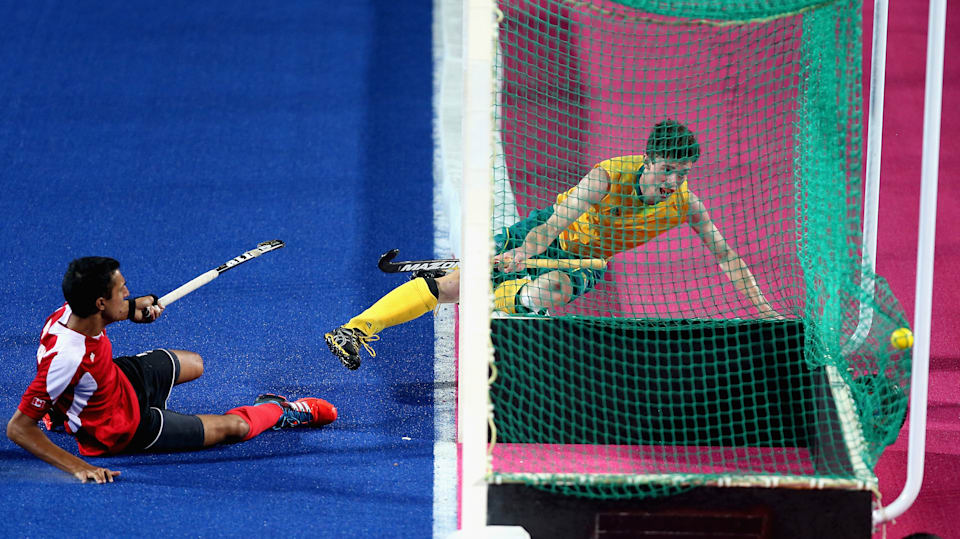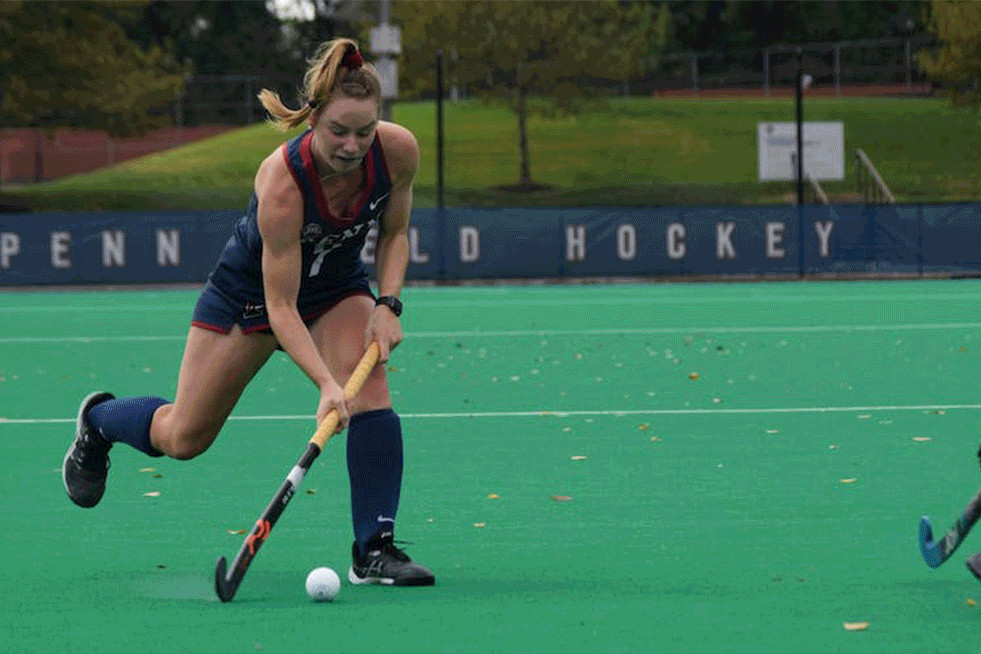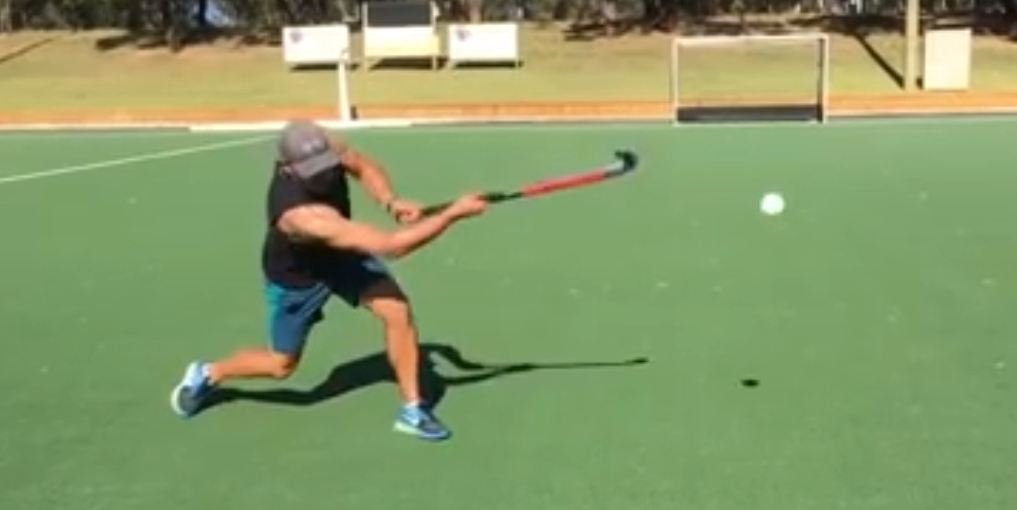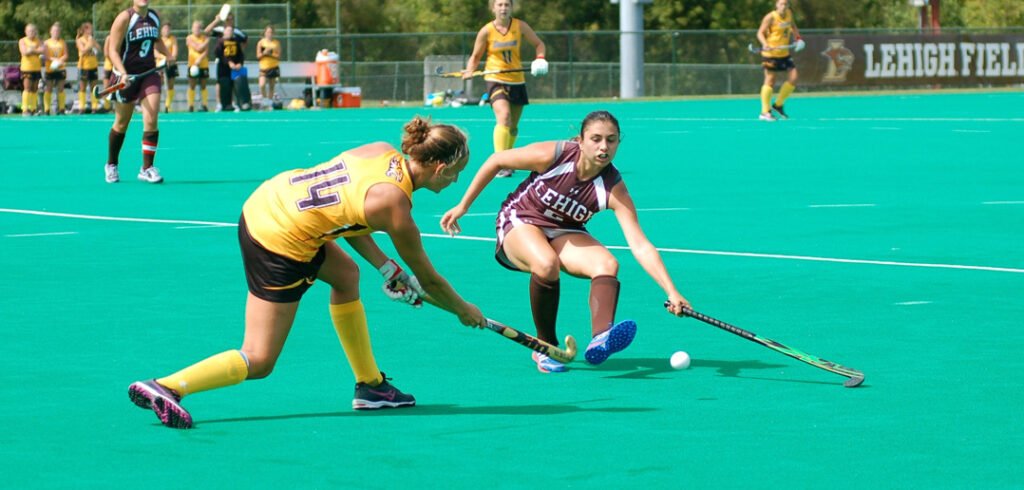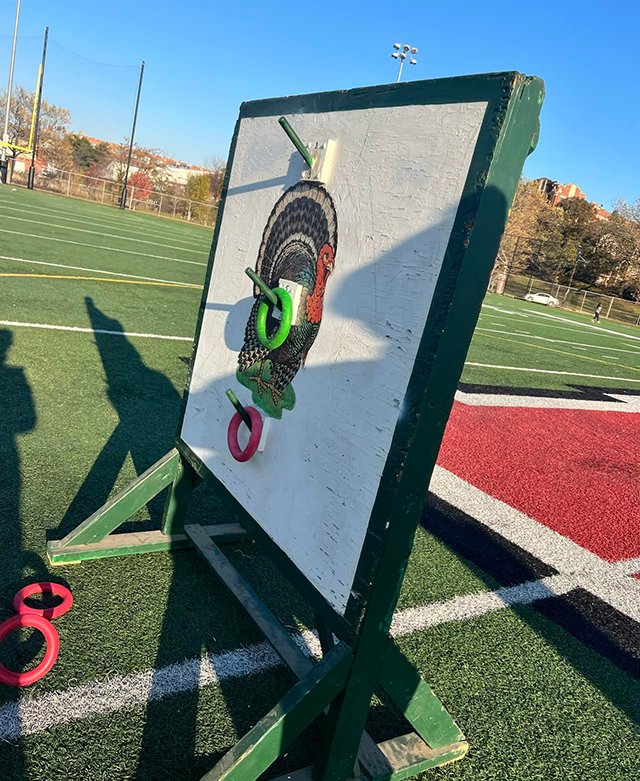As an avid field hockey enthusiast and expert content writer, I’m here to shed light on the red card rules in field hockey, a topic that often stirs up intense discussions among players and fans alike.
The red card is a significant penalty in the sport, and understanding its implications is crucial for everyone involved in the game. Let’s dive into the details and explore what a red card entails, when it’s given, the consequences it brings, and how decisions can be appealed.
What is a red card in field hockey?

In field hockey, a red card is the most severe form of punishment a player can receive. It’s a disciplinary action taken by the umpire to signify a major offense has been committed.
When we see a player being shown a red card, it means they have breached the rules in a manner that cannot be overlooked. The red card not only affects the player in question but also has significant ramifications for their team.
When is a red card given in field hockey?

A red card is issued for several reasons, all of which are serious breaches of the rules. Let’s break down the scenarios that warrant this strict penalty.
Serious foul play
Serious foul play is one of the primary reasons for a player to receive a red card. This includes any action that is deemed dangerous or excessively forceful. If a player’s behavior on the field is reckless and poses a threat to the safety of others, the umpire will not hesitate to show them a red card.
Violent conduct
Violent conduct goes beyond the play itself and is considered a grave offense. This includes any form of physical aggression towards another player, umpire, or any person involved in the match. Such behavior is intolerable and is met with an immediate red card.
Spitting at an opponent or any other person
Spitting at anyone on the field is a disgusting act and is strictly prohibited. It’s not only unsportsmanlike but also a health hazard, especially in the context of global health concerns. Players found guilty of spitting at an opponent or any other person will be shown a red card.
Denying the opposing team a goal or an obvious goal-scoring opportunity by deliberately handling the ball
Intentionally using hands or arms to block or deflect the ball, preventing a goal or a clear chance of scoring, is a red card offense. This does not apply to the goalkeeper within their own circle.
Denying an obvious goal-scoring opportunity to an opponent moving towards the player’s goal by an offense punishable by a free hit or penalty corner
When a player commits an offense that stops a clear opportunity to score a goal, such as a foul that would result in a free hit or penalty corner, they risk being sent off with a red card if the opportunity is obvious and likely to result in a goal.
Consequences of receiving a red card
The implications of receiving a red card are severe and can have a lasting impact on the player and their team.
Player Suspension
Firstly, the player is immediately ejected from the current game and is also suspended from future matches. The length of the suspension varies depending on the severity of the offense and the governing body’s regulations.
Team disadvantage
The team of the player who received a red card must continue the game with one less player. This numerical disadvantage can significantly affect the team’s performance and strategy.
Potential fines
In some leagues and tournaments, there may also be financial penalties imposed on the player or the club for red card offenses. These fines are meant to serve as a deterrent for future misconduct.
Appealing a red card decision
Players and teams have the right to appeal a red card decision if they believe it was unjust. The appeal process typically involves a review by the governing body or a disciplinary committee. Evidence and testimonies are considered to determine whether the red card should be upheld, rescinded, or if the punishment should be modified.
Conclusion
In conclusion, the red card rules in field hockey are in place to maintain the integrity and safety of the sport. While receiving a red card is a serious setback for any player and their team, it’s a necessary measure to discourage dangerous play and ensure fair competition.
As players, coaches, and fans, we must respect these rules and support our efforts to keep the game clean and enjoyable for everyone involved. Remember, the spirit of sportsmanship should always prevail, even in the heat of competition.
FAQ
-
What happens if you get a red card in field hockey?
A red card in field hockey results in a player being permanently suspended from the game. The player cannot take any further part in the game and cannot be substituted. Unlike other penalty cards in field hockey, the red card is never given to the captain for team misconduct.
-
What do the color cards mean in field hockey?
There are three cards, green, yellow, and red, which are used for misconduct violations. The green card is used for warnings, the yellow card is used to remove a player from the game for a minimum of five minutes, and the red card disqualifies the player from the game.
-
What can you get a red card for in hockey?
A red card may only be issued in respect of an offense or other misconduct committed during a match and may be issued to any person participating in the match, including players on the pitch, substitutes, and team officials (managers, coaches, physiotherapists, and doctors who are part of a team’s squad) whether a formal …
-
How do you get carded in field hockey?
Charging or advancing towards an umpire or technical official aggressively. Using rude or abusive language or hand signals. Abuse of hockey equipment or clothing, venue equipment or fixtures and fittings. Entering the field of play for any reason without the permission of the umpires.

